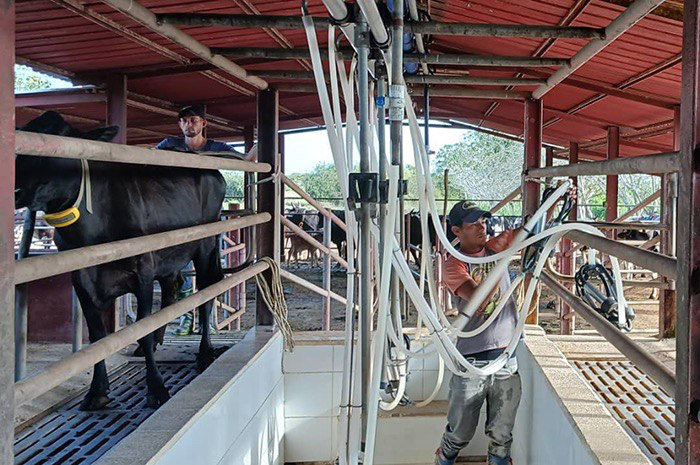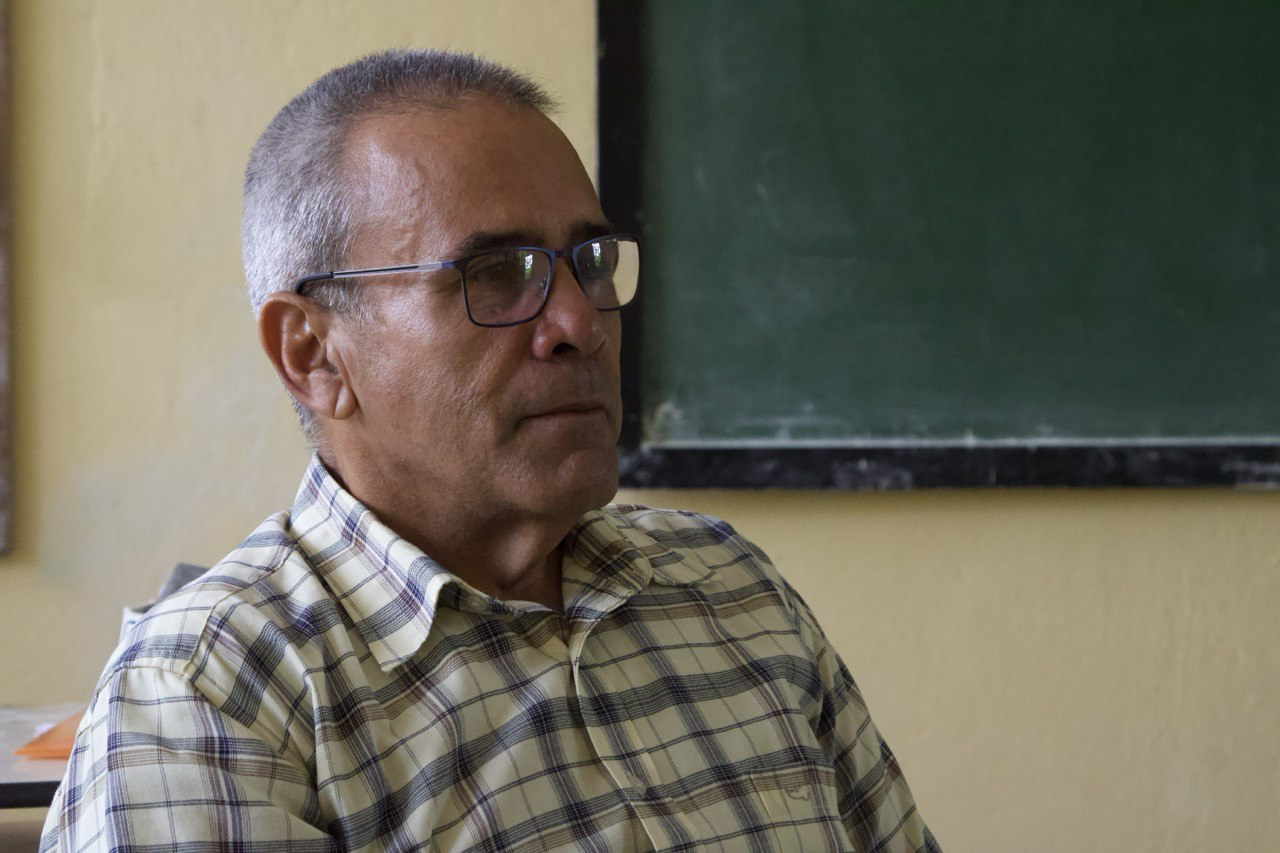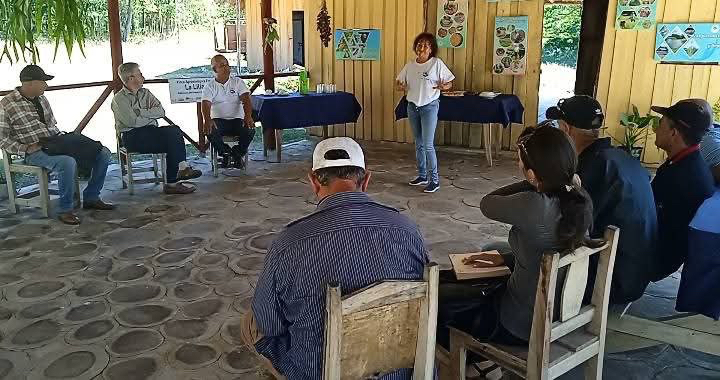
Camagüey, October 14 – In the diverse and complex landscape of Cuban agriculture, where the challenges of sustainability and productivity intersect, an innovative initiative has emerged: ProLAIF Agroverde. This project not only involves the introduction of external resources but also represents a model of comprehensive collaboration between academics, the state agricultural sector, and cooperative producers with the aim of laying the foundations for economically viable livestock farming.
Funded by the French Development Agency and supported by the European Union, ProLAIF Agroverde has the Ministry of Agriculture as its main actor in Cuba. Additionally, institutions such as the Research Center for Animal Improvement of Tropical Livestock, along with the Forestry and Pasture and Forage Research Institutes, are leading its implementation.

In an exclusive interview with Cadena Agramonte, Dr. Redimio Manuel Pedraza Olivera, a professor at the Faculty of Agricultural Sciences at the University of Camagüey and one of the project's researchers, highlighted the importance of the academic and scientific component provided by the university. This cooperation not only allows for territorial reach but also global projection.
One of the most notable initiatives within ProLAIF is the creation of a "mirror project." While an international design is being developed, a Territorial Program for Sciences and Technology, funded nationally, is also being established to complement and support the original work, thus facilitating attention and recognition for the professors and students involved.
Science in Action
ProLAIF, whose name comes from the European Union Fund for Latin America, acts as a robust platform for applied research. It is present on ten farms conducting in-depth studies on various livestock disciplines, extending to nearly fifty with an incipient extension system in four municipalities of the province: Camagüey, Guáimaro, Jimaguayú, and Sibanicú.
The research lines are varied and address specific problems. Among them, Dr. Pedraza Olivera mentioned a study on animal robustness, exploring why certain animals thrive better than others under the same conditions. Another line investigates the inefficient management of manure, which causes nitrogen waste and negatively affects crops in those areas. Furthermore, various economic, ecological, and social aspects are being evaluated through prospective analyses.
Researchers, such as those at GEOCUBA, are also using satellite imagery to predict marabou infestation and its impact on food availability, as well as to study how trees integrated with livestock can improve the microclimate and reduce heat stress in livestock.

Concrete Results in the Field
Although Dr. Pedraza acknowledges that results are not instantaneous, tangible progress has already been made, such as the training of producers and the conduct of psychosocial studies that reveal farmers' perceptions of crucial issues and their development needs.
From a technical angle, an equation is being developed to estimate cattle weight using simple body measurements, which will allow farmers to make informed decisions about feeding and reproduction without incurring additional costs.
However, the project faces significant challenges, given that over 80% of the livestock is in the hands of new economic actors who lack the necessary experience in livestock farming. In this context, cooperative leaseholders are proving to be more adaptable and sustainable, using fewer external inputs.
The sustainability of ProLAIF Agroverde, beyond international financing, is another aspect of concern to its promoters, who must navigate an environment marked by structural problems such as crime, payment delays, and price disparities.
A Living Laboratory for the Future
ProLAIF Agroverde stands as a living laboratory in Camagüey, creating a replicable model that maximizes the benefits of international cooperation and combines scientific excellence with local knowledge. As Dr. Pedraza states, this effort challenges powerful forces through ingenuity and collaboration, relying on science deeply rooted in the soil.
The road is long and fraught with obstacles, but each advance represents a firm step toward a more sustainable and hopeful future for Cuban livestock farming and, consequently, for the region's food security. (María Félix García Posada and Ernesto Rivero Nápoles/Journalism Students/Radio Cadena Agramonte) (Photos by the authors, the interviewee, and taken from the Internet)